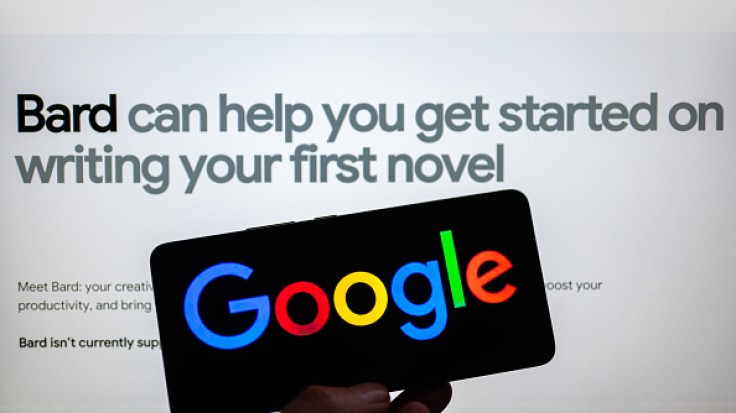When Microsoft announced that ChatGPT would be integrated with the search engine Bing, it wasn't long before Google also announced its own AI-powered chatbot. Now, people can join the waitlist in order to get access to Google's AI chatbot.

Joining the Waitlist
Users can now sign up to use Google's chatbot Bard and in order to do so, they would have to join the waitlist. Some users even say that they received invitation emails just a few hours after they signed up. The welcoming page boasts of Bard's capabilities.
The Bard website claims it can help you write your first novel, generate a studio tagline, explain why lightning might strike the same place twice, draft a packing list for your weekend fishing and camping trip, or explain why large language models might make mistakes.
However, its availability is still limited to the United States and the United Kingdom, for now. It's also still unknown how long each individual would wait before they can access the chatbot. According to MacRumors, Google Workspace accounts cannot request an invitation.
Google stated that Bard is using a lightweight and optimized version of LaMDA, which means that it will operate differently from OpenAI's chatbot in Bing. The company even warned in advance that Bard might include biases and stereotypes and could improve through feedback.
Google Bard
Google released the Language Model for Dialogue Applications or LaMDA two years ago, which is a conversational AI model capable of fluid dialogue. The AI Test Kitchen was released a year after so people can learn about LaMDA and submit feedback.
The idea of the AI chatbot is for people to collaborate with generative AI, which Google claims can "supercharge your imagination, boost your productivity, and help you bring your ideas to life." You can use it for simple tasks like planning a birthday or making a pros and cons list.
The company does acknowledge that Bard is still not perfect. Since it's still in its experimental stage, Bard can provide users with inaccurate responses. The AI chatbot still comes with built-in safety controls and mechanisms based on Google's AI principles.
Although, unlike ChatGPT, Bard is still incapable of creating basic codes. It is also limited when it comes to holding context from past conversations. In regards to the accessibility of information, Bard provides users with the option to "Google" Bard's response.
AI Principles
Bard follows the AI principles that Google laid out for it. For one, it needs to be socially beneficial for a wide range of fields like healthcare, security, energy, transportation, manufacturing, and entertainment.
Although the AI algorithms and datasets may lead to responses that reflect, reinforce, or reduce biases. Google aims to remove this flaw. However, it's not very easy to differentiate fair from unfair biases, and those labels may differ with various countries, cultures, or societies.
The company is also building the chatbot and testing it for safety to avoid unintended results that may lead to harm. Although the AI chatbot is somewhat capable of operating on its own, it is still supervised by humans.
Privacy principles will be applied to the development and use of the AI technologies behind Google's Bard. One of the tech giant's objectives is to "uphold high standards of scientific excellence" for fields like biology, chemistry, medicine, and environmental sciences.









